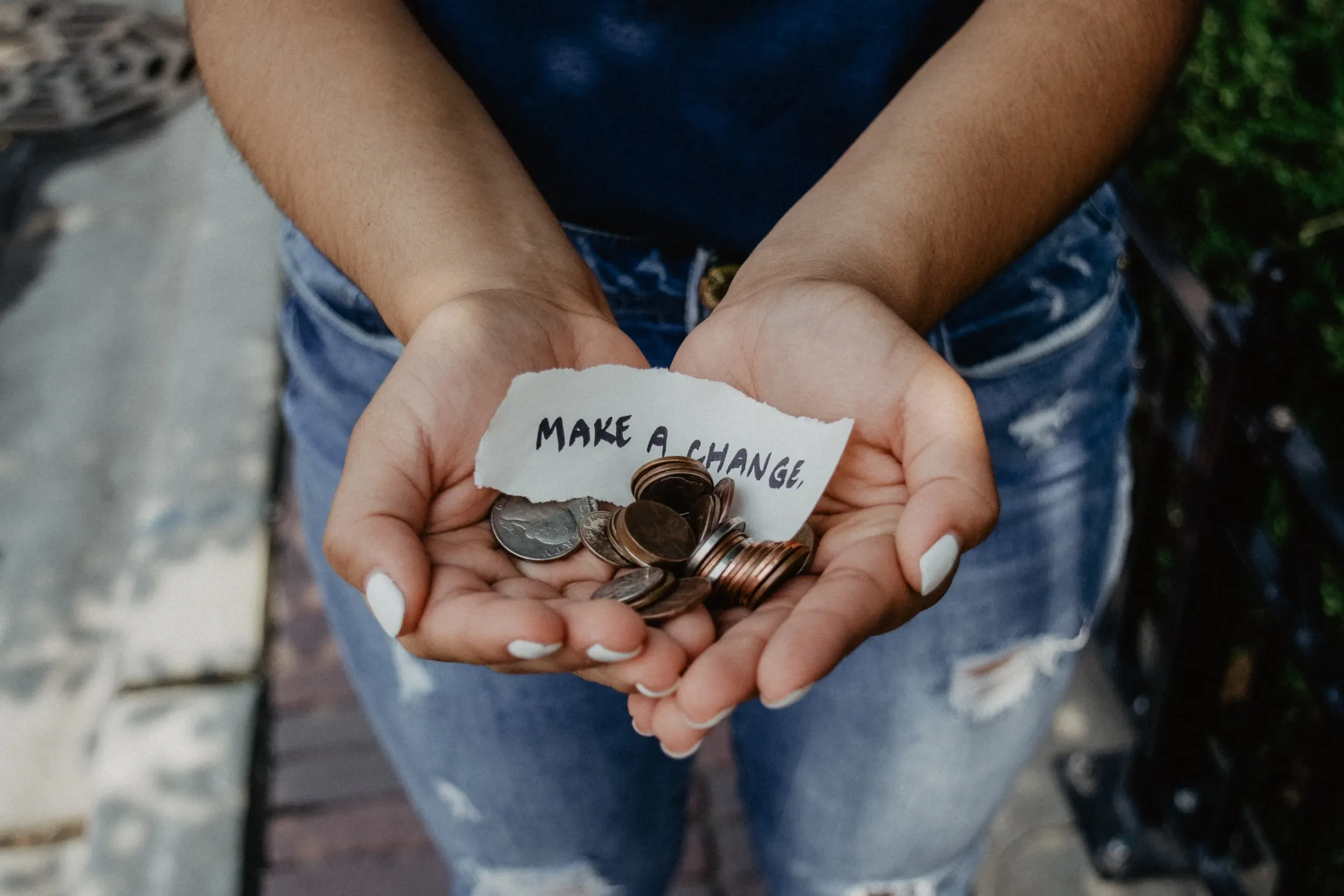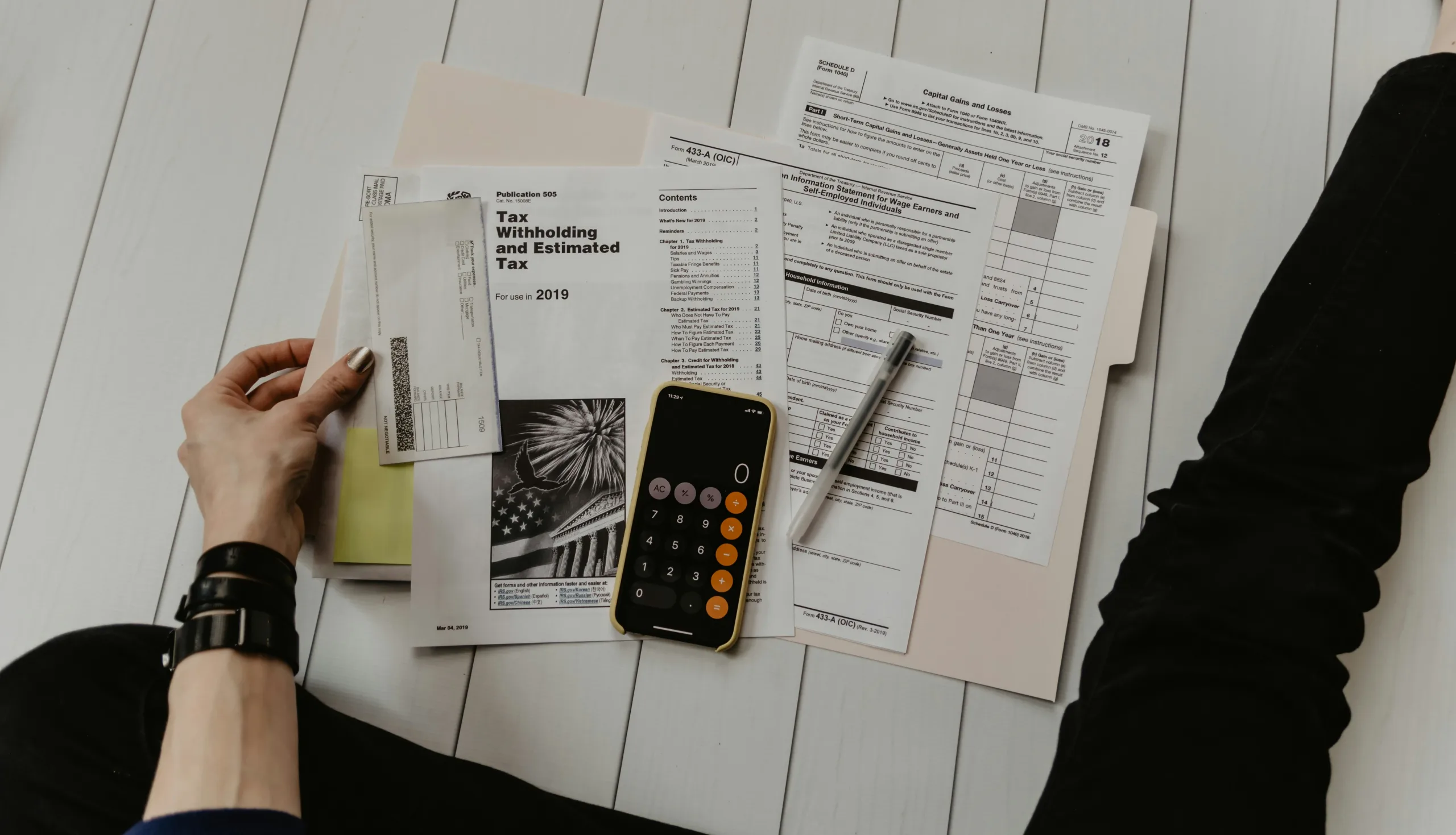
By Elizabeth Schuster, Environmental Economist
INTRODUCTION
I recently saw an intriguing video circulating around social media. It was a young woman talking about how she has changed her spending patterns as prices have increased in recent years and inflation has gone up. She said:
“It’s interesting to see…there’s a threshold that you’re willing to pay for something. And it’s interesting to see those thresholds…things that you didn’t think about before are just so expensive that now you have to think about it. And it’s maybe you do have the money to afford that, but it’s more the principle that I just don’t want to spend that much money on that particular thing.”
She said that she stopped buying celery juice when the price went from $2.50/bottle to $5.29/bottle.
She added – “It’s interesting to see, I feel like you notice it on Amazon…you put some stuff in your cart, basic stuff like soap, stuff for the house, and then you see the total and are like $75? This should be a $32 cart.”
And yet we do still buy the basic stuff for our household.
Why do we stop buying some items as the price rises but continue to buy others?
Economists call this price elasticity.
This blog argues that nonprofit leaders, development directors, and program managers would benefit from borrowing this economic concept. For nonprofits – price elasticity impacts both how you price your programs and how your structure donor incentives.
WHAT IS PRICE ELASTICITY?
Have you ever been working with a nonprofit – perhaps as a Board member or an employee – and heard a conversation like this:
“We have to increase the price we are charging for our programs. Our participants won’t be thrilled, but we need higher prices to bring in more revenues.”
This could apply to pricing for a range of nonprofit activities where your nonprofit is charging a fee – trainings, programs, camps, workshops, events.
The answer is still the same – if you increase prices and your customers are sensitive to price increases, then you will see a decrease in demand. And a decrease in demand will likely mean that revenues go DOWN, not up, when you increase prices.
It all depends upon the price elasticity. “Price elasticity shows exactly how responsive customer demand is for a product based on its price.” (Gallo’s A refresher on price elasticity, HBR 2015).
High elasticity means consumers are very sensitive to small changes in prices. Fancy, fresh celery juice was an example of something where the demand is elastic. New cars, eating out, specialty items at the grocery store, manicures, gym memberships – are all examples of items that tend to have a high elasticity.
In contract, relatively inelastic demand is where you still buy the product even with a price increase. The video mentioned soap and other household staples. Another common example here would be prescriptions – if you need the prescription, you’re likely to still buy it even as the price increases.
WHY NONPROFIT LEADERS SHOULD CARE
The problem arises when nonprofits make assumptions about how customers and donors will respond to changes in prices or incentives, without taking time to confirm if those assumptions are accurate.
I heard a fascinating example of this at a nonprofit conference I attended this fall. The topic of the presentation was how to test different digital fundraising strategies to be able to grow your nonprofit fundraising. The presenters were Nathan Hill of NextAfter and Brady Josephson of charity:water.
Here’s the situation: The nonprofit is targeting donors who had previously given a gift of $100. They need a response within 24 hours to fill a budget gap. The two options are:
Option A, Asking for Less than Highest Previous Gift:
Today we’re looking for 15 people who have supported our organization in the past to step forward and make a gift of $75 before midnight tonight.
Option B, Asking for More than the Highest Previous Gift:
Today we’re looking for 15 people who have supported our organization in the past to step forward and make a gift of $125 before midnight tonight.
The presenters asked the audience to guess which option led to higher total revenues. First, they asked about Option A. If we think like an economist, then we’re guessing that this gift would have highly elastic demand. Donors will be sensitive to the price. Plus, $75 looks like a bargain compared to the previous $100 gift. I voted for A.
It was a bit awkward for a moment because I looked around and saw that I was in the minority.
Then, the presenters asked about Option B. I’m not a fundraiser, but I’m told that the fundraisers voted for B because they are trained to always ask for a higher gift each time you approach a donor.
Guess what? This was a case where the “best” practice in fundraising was wrong.
The presenters shared that option A won by a landslide, leading to a 134% increase in revenue across all segments – including four $5,000 donations.
What’s interesting here is that Option A not only saw increased revenue but also saw a 12% increase in the total number of donations. That is the price elasticity component – more demand for a lower price.
But what about the surprise element of the four $5,000 donations? That is not price elasticity in the least bit. Perhaps there was something about the psychology of how the messaging was perceived – as option B had no $5,000 donations – which might connect back with some of those fundraising best practices.
4 TIPS ON HOW ELASTICITY IMPACTS FUNDRAISING – FROM THE RESEARCH
Much has been written on donor incentives. How sensitive are donors to tax incentives versus match? There was an interesting study from Indiana where researchers could compare a $3 million match to a state-level tax credit for higher education. In this case, donors were equally sensitive to the match and the tax incentive. However a 2019 paper found that when framing a donor incentive as a “match” or a “rebate subsidies” – donors preferred the match. Contributions were significantly more responsive to the match than rebates.
- TIP: Most nonprofit directors of development already know that match is a popular incentive for nonprofit fundraising. Yet research on match versus rebate or tax incentives inspires a different way of thinking about how to frame donor incentives. Before you launch a major campaign, spend extra time thinking about creative incentives for donors.

Consumers are quick to decrease their donations to nonprofits during times of economic downturns. A 2023 study found that in aggregate, donations to nonprofits decrease when household income decreases.
- TIP: Maybe you already suspected that donations would go down in times of economic downturn. But now armed with data, you can go to your Board of Directors and be more proactive in how you address the next downturn.

Federal and state policy around tax deductions for nonprofit donations do change over time. A 2005 article tracked changes in policy around tax deductions for nonprofits over 4 decades, and how charitable giving has changed in response to policy changes.
- TIP: National nonprofits in particular may find that it’s worth their time to pay attention to national debates on the topic and follow proposed nonprofit policy changes more closely.

Research from 2023 found that donors are sensitive to how much your nonprofit charges as fees for programs. Therefore, nonprofits should simultaneously consider pricing for programs and giving by donors.
- Implication: Take into consideration donor preferences when setting programmatic fees. The research suggest that this could lead to more conversations about how fees do not fully cover overhead, and that is a gap donors can fill. They even go as far as to recommend framing “overhead” as a product that donors can purchase (Email communication with Jennifer Kuan, Associate Professor in the School of Business at California State University Monterey Bay).

TAKE THE TIME TO UNDERSTAND YOUR CUSTOMER BEFORE SETTING FEES
It’s worth noting that there is debate over whether it’s ethical for nonprofits to charge a fee. For instance, charging for supplies during a disaster or charging for food at a pantry could reduce access and defeat the purpose of the program.
A 2022 paper explores the debate – nonprofits are not profit maximizers like businesses, and historically there has been a level of stigma around “commercial, revenue-generating activity” by nonprofits. So, when should nonprofits charge a fee? They showcase Goodwill, who covers more than half of their total revenues through sales of used goods.
Fees can be a crucial tool to diversify nonprofit revenue and fill budget gaps. And for those nonprofits ready to consider charging a fee for certain types of services, it’s worth considering creative options for scaled pricing.
Here’s a simple example from a project I had a few years ago with an agricultural nonprofit. This is a case where the nonprofit assumed that clients were sensitive to prices – and farmers were actually less sensitive than the nonprofit assumed.
- A nonprofit that wanted to offer trainings to farmers. The nonprofit believed that farmers would never pay for the trainings and that they would have to be offered for free. My team did a survey and focus groups to answer the question. Turns out, farmers were willing to pay about $100 for a well-designed training that would help them grow their revenues.
Here’s a counter example on the San Francisco Chamber Orchestra (from the 2022 paper). This is a case where the concert goers did have an inelastic demand and a collaborative solution was developed with the donors to fill that budget gap.
- In this case, the finding was the opposite of the previous example. Concert goers were highly sensitive to price increases. The Orchestra talked to their donors about the issue of declining attendance at orchestra performances. The donors cared so much about increasing access to performances that they reached a collaborative decision. The Orchestra would make the tickets free and the donors would cover the difference.
CONCLUSION
Economic theory certainly does not have all the answers around how to set prices and how to design fundraising campaigns. That said, it can be a useful guide for nonprofits. It can lead to asking better questions instead of making assumptions. And it can set up nonprofit leaders to think differently before they set a fee, a suggested donation amount in a fundraiser, or they develop a donor incentive for a campaign.





